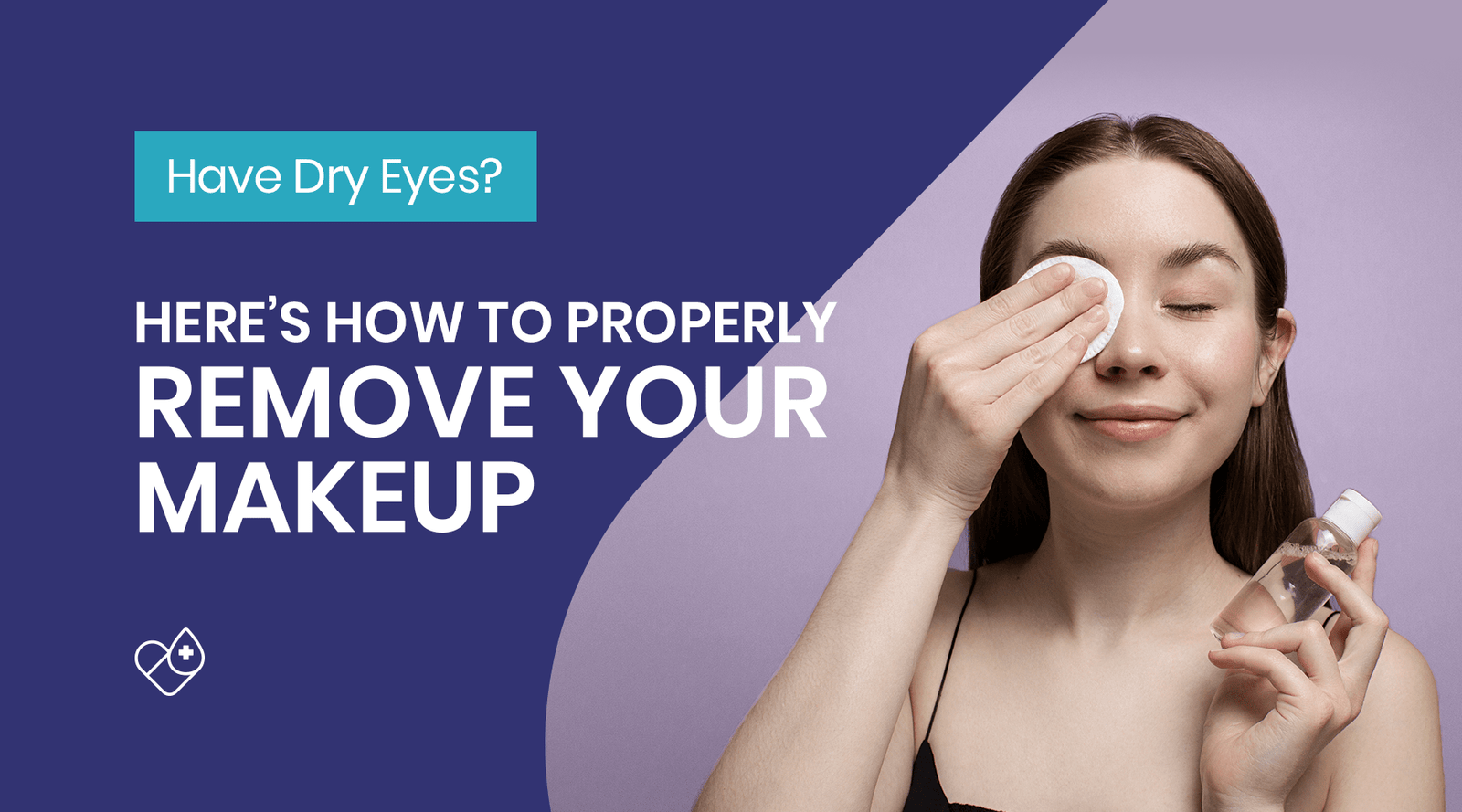Dry eye disease is a common condition affecting millions of people worldwide. It’s caused by a lack of lubrication on the eye’s surface, which leads to a range of symptoms, including itchiness, redness, and tearing. One of the factors that worsen the condition is eye makeup. Removing makeup from the eye area can be a challenge for people with dry eye disease, as it can cause further irritation and make the symptoms even worse. In this blog post, we will provide you with tips on how to properly remove your makeup to help manage dry eye disease.
Remove Makeup Gently
One of the main tips for removing eyeliner, mascara, and eye shadow is to do it gently. Rubbing and pulling on the eyelid can cause irritation, redness, and swelling, which can exacerbate dry eye disease symptoms. be gentle when wiping off your makeup. First, soak a cotton pad or cloth with your makeup remover. Then, lightly press it onto your eyelid and hold it there for at least 10 seconds to allow the remover to break down the makeup. Once it’s dissolved, gently wipe it away using a gentle, sweeping motion.
 Use an Eyelid Cleanser
Use an Eyelid Cleanser
Another tip to help manage dry eye disease is to use an eyelid cleanser to remove your makeup. These cleansers are specially formulated to remove eye makeup without causing irritation. They’re also effective in removing dirt, debris, and other contaminants from the eyelids, which can contribute to the development of dry eye symptoms.
Don’t Forget to Clean Your Eyelashes
It’s easy to overlook your eyelashes when removing your eye makeup, but it’s just as important to make sure they’re clean. Ensure you clean your eyelashes gently to remove any traces of makeup that may be left behind. Tools like this can help eliminate any leftover debris.
Choose the Right Products
When shopping for makeup removal products, look for those that are fragrance-free, hypoallergenic, and specifically formulated for sensitive eyes. Avoid products that contain alcohol, as it can be drying and irritating to the delicate skin around the eyewear.
Clean Your Brushes
Dirty makeup brushes can harbor bacteria, which can lead to infection or inflammation of the eye. To help prevent this, clean your makeup tools regularly. Ideally, you should clean your brushes once a week with warm water and mild soap.
Moisturize After Removal
Lastly, it is crucial to moisturize the skin around the eyes after makeup removal. Using a gentle moisturizer will help hydrate and soothe the delicate skin and prevent dryness, which can worsen dry eye disease symptoms.
Be Careful with Waterproof Makeup
Waterproof makeup can be challenging to remove. It requires more effort and a bit of patience. Ensure you use an oil-based makeup remover that dissolves waterproof makeup. Follow the same steps as removing regular makeup by pressing a cotton pad or cloth onto your eyelids for ten seconds to allow the remover to break down the makeup. Be patient and avoid rubbing your eyes. Repeat the process until the waterproof makeup is entirely removed.
Proper makeup removal is essential in managing dry eye disease symptoms. By following the tips above, you can reduce irritation and help soothe the eyes while still enjoying wearing makeup. If you have severe or persistent dry eye symptoms, you may need to consult your ophthalmologist to determine the underlying cause of your condition and develop a treatment plan to manage it.


